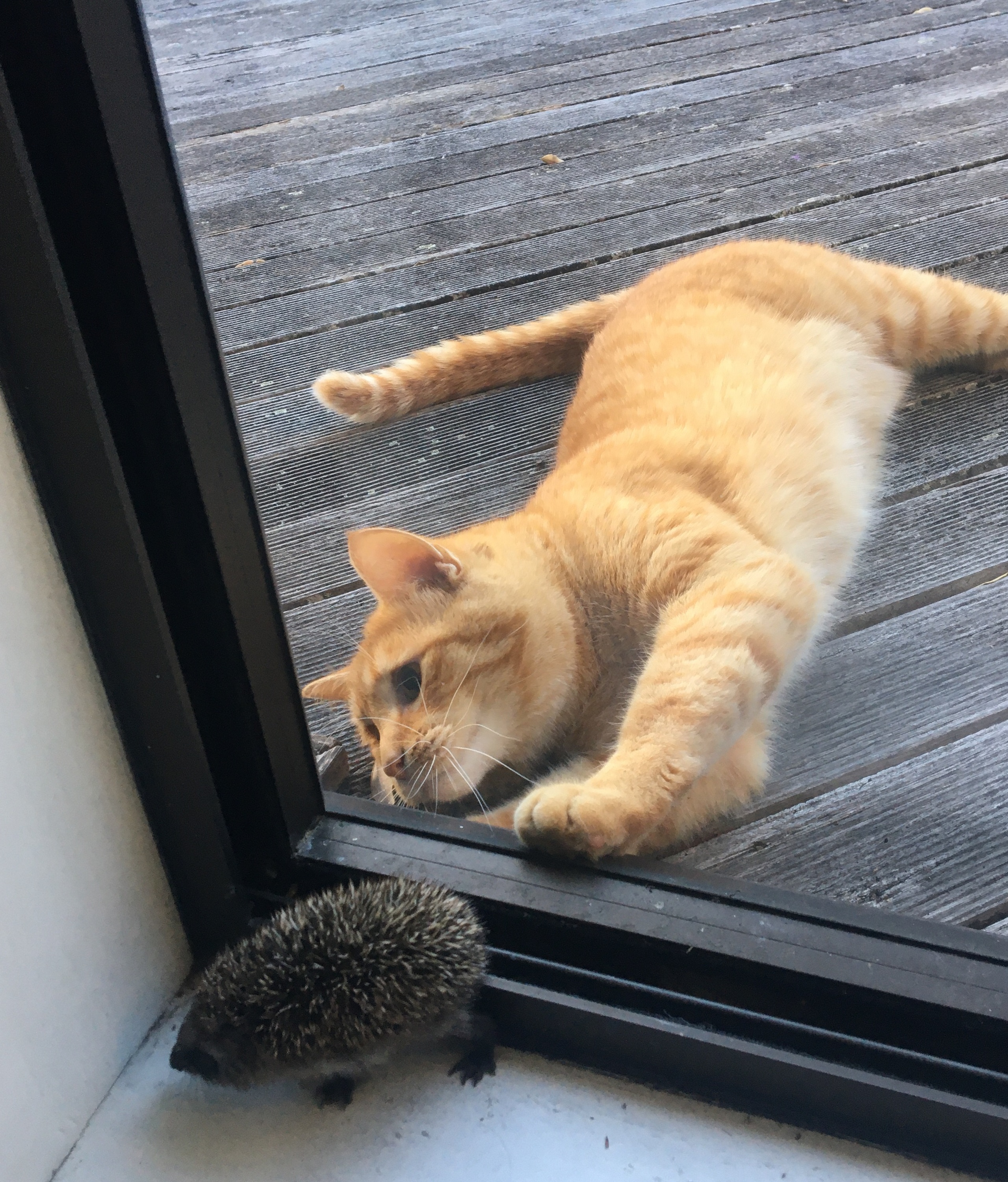Feral cats' hunting abilities make them particularly effective predators, even when prey see them
Prey can spot cats more often than other similar predators, but that doesn't save them
Cats have travelled around the world following human colonization together with dogs and other domesticated animals. Unlike dogs, cats never have been completely domesticated by humans; keeping their predatory instincts and easily becoming feral in new environments to which they have been brought/introduced, becoming a serious threat for native species.
Cats are recognized as one of the main extinction’s causes of native species in several islands including Australia. Research conducted in Australia and published in Proceedings of the Royal Society B shows that despite some animals’ ability to recognize them as predators, their anti-predator response isn’t strong enough against the hunting versatility of cats. The researchers attached GPS to 25 cats and ten quolls (a native Australian predator of similar size and feeding habitats to cats) to track their movements every 5-15 minutes in the middle of Tasmania.

Enzo M. R. Reyes
They found that native Australian prey animals are able to find cats 20 to 200 times more often than a quoll. This is due to a triple effect combination of high population densities, greater home-range used, and broader habitat preference. The average cat density found in Tasmania was nine cats per km2 compared to 0.4 quolls. Furthermore, cats were found on all the habitats monitored and used their home range more intensively, revisiting it more than twice than quolls. This increases the probability of prey mortality due to the ineffective prey response against cats, possibly associated to Toxoplasma gondi, a parasite that increases risk-taking behavior and attraction to cat odor.
Despite the pessimistic outlook for native Australian prey species, the study highlights another possibility other than broad-scale cat control. Although cats are present in all environments, there is evidence that hunting success decreases in complex habitats or understory structure. So, habitat restoration of understory fauna complexity might bring fine-scale predation refuges for native species.